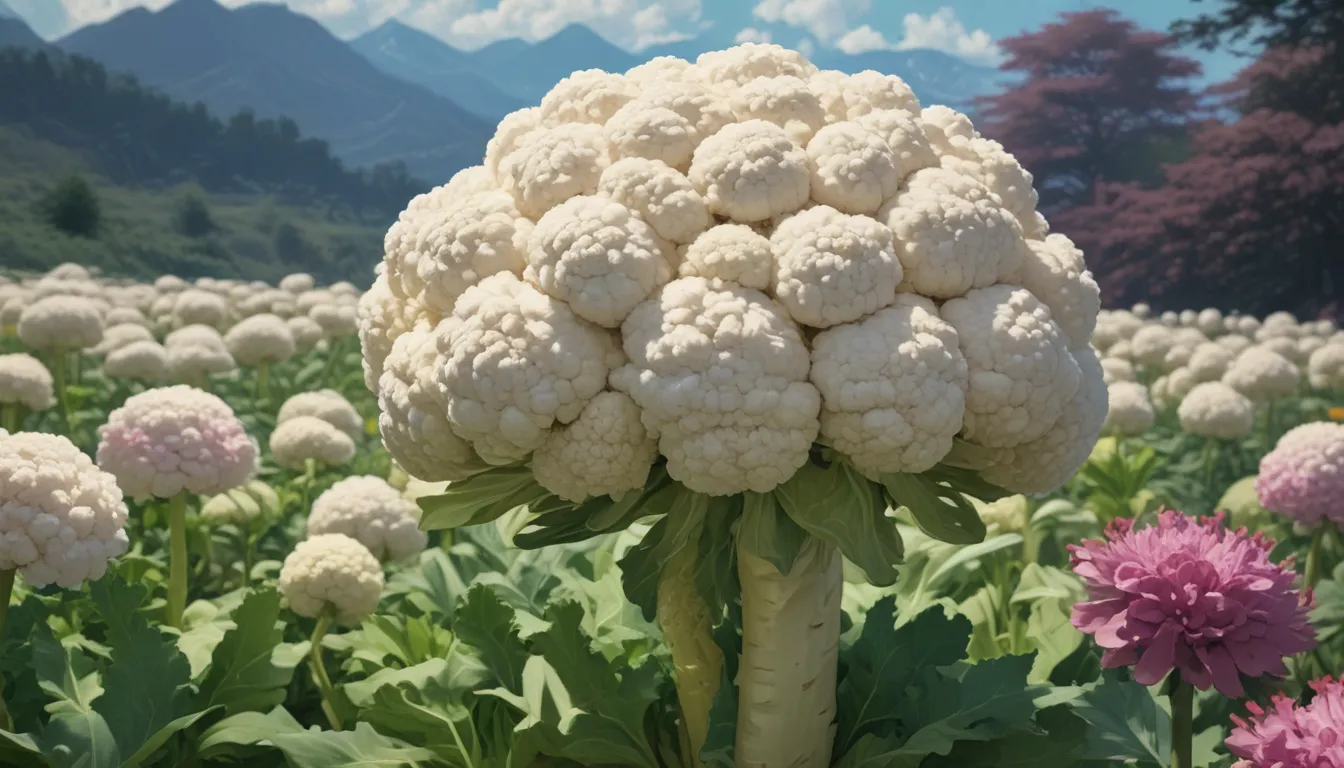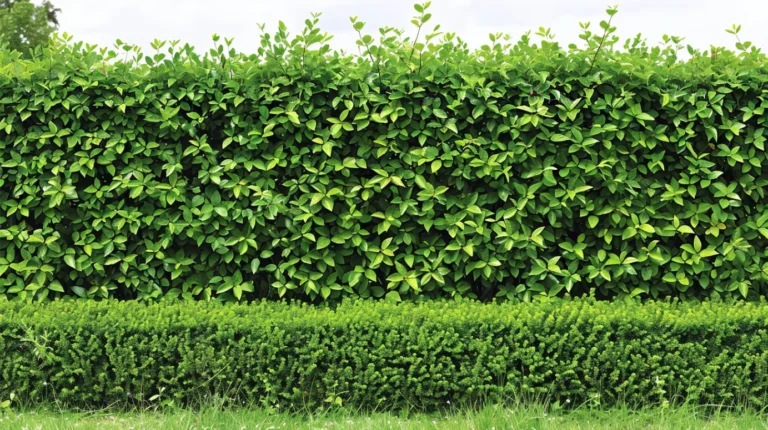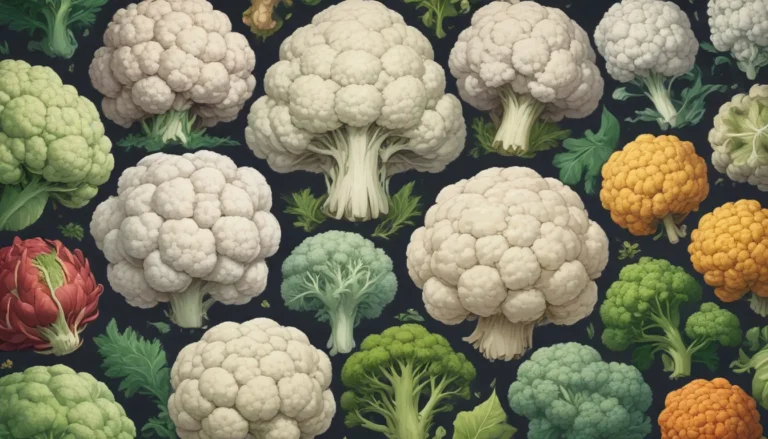Demystifying Fuzzy Cauliflower: Understanding Ricing in Curds

Cauliflower is a challenging cruciferous crop that requires specific conditions to grow successfully. From nutrient-dense soil to consistent moisture and temperature conditions, there are many factors to consider.
In this comprehensive article, we will delve into the phenomenon of ricing in cauliflower heads, explore its causes, provide tips for avoidance, and address the question of whether affected crops are safe to eat.
Understanding Ricing: Why Is My Cauliflower Fuzzy?
When a cauliflower head appears fuzzy, hairy, or velvety, resembling cooked rice, it is experiencing a condition known as ricing. This aesthetic issue can significantly impact the commercial value of the crop.
Ricing occurs when environmental triggers cause the plant to shift from vegetative growth to reproductive growth or vice versa. One common culprit is a spike in temperatures, particularly around 80°F during curd formation.
In addition to ricing, heat-related issues such as leaves growing between florets, color changes, sun-scorching, and buttoning may also manifest. Contributing factors, such as excess moisture, nitrogen in the soil, and temperature fluctuations, can exacerbate the problem.
Troubleshooting Tips: How to Address Ricing in Cauliflower Heads
To minimize the risk of ricing in your cauliflower crop, consider the following avoidance strategies:
- Purchase seeds suited to your USDA Hardiness Zone.
- Plant early- and late-maturing varieties for optimal temperature conditions.
- Maintain well-draining soil to prevent moisture buildup.
- Ensure proper spacing for air circulation.
- Use balanced fertilizers to avoid excessive vegetative growth.
- Apply mulch for moisture retention and temperature regulation.
- Water plants early to keep them cool and hydrated.
- Limit watering during rainy periods.
- Protect cauliflower heads from sun damage with blanching and shade cloth.
By implementing these proactive measures, you can reduce the likelihood of ricing in your cauliflower crop and promote healthier growth.
Is It Safe to Eat? The Verdict on Fuzzy Cauliflower
Despite its fuzzy appearance, cauliflower affected by ricing is generally safe to eat. The fuzziness itself does not render the crop inedible or alter its flavor. However, closely monitor for additional heat-related issues, as they may cause bitterness or require removing sun-scorched portions.
As long as there are no signs of pest infestation or disease, such as discoloration or mushiness, cauliflower that rices due to environmental stress is still nutrient-rich and safe for consumption. It remains an excellent source of essential vitamins and fiber.
Embracing Cauliflower Rice and Beyond
In addition to ricing in cauliflower heads, there’s a popular food trend involving cauliflower rice. Grated cauliflower can be prepared as a low-carb alternative to traditional rice dishes.
For creative and nutritious cauliflower recipes, explore options like vegan cauliflower Buffalo wings and cauliflower and chard fritters. With optimal growing conditions, you’ll soon enjoy a homemade cauliflower pizza crust from your bountiful harvest.
Expand your cauliflower knowledge with our related guides:
- 13 of the Best Cauliflower Companions
- How to Grow Cauliflower in Containers
- When and How to Harvest Cauliflower
Dive into the world of cauliflower cultivation and culinary exploration with these informative resources.
Remember, creating an ideal environment for your cauliflower plants is key to preventing ricing and promoting healthy growth. Stay attentive, provide proper care, and relish the rewards of a thriving cauliflower harvest.
Thank you for joining us on this cauliflower journey! Happy gardening and happy eating!
Originally published February 16th, 2020. Last updated September 10th, 2023.





